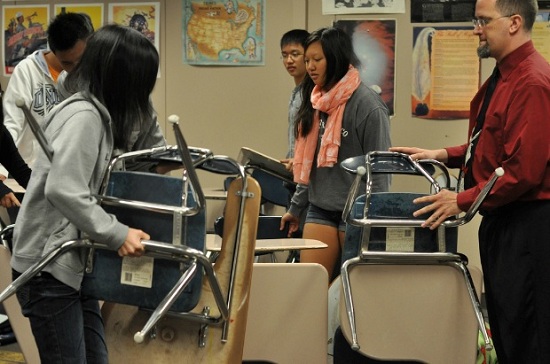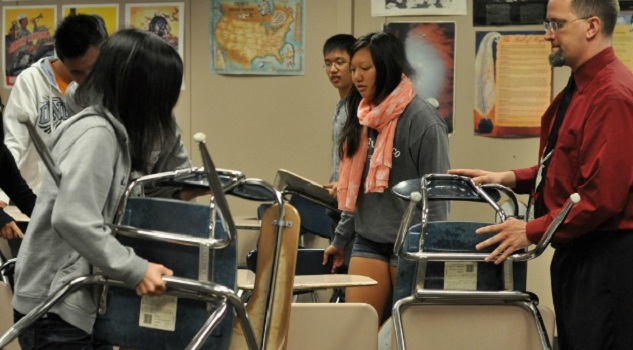
In light of the local shootings that occurred just over a year ago, as well as the more recent shootings in Aurora, CO and Inglewood, CA, one would think that students would treat Code Red drills with the weight and consideration they deserve. Students manage to go through the motions, but fail to grasp the impact one drill could have upon their lives.
A vital part of Code Red preparation is discussion, in which teachers impart to students the reasons behind Code Red preparation and why each step of the process is set the way it is. But another aspect of the discussion lies in recognizing the impact of what happens when Code Red goes wrong.
The shooting on Oct. 5, 2011, proved that Cupertino is a bubble immune neither to armed intruders nor to terror. The incident penetrated the false sense of security we had, but the wake-up call was necessary to show us the importance of being prepared, both in terms of process and in terms of mentality.
In moments of panic, it is easy to forget that there is a purpose behind each action unless that awareness becomes part of training. We must remember that a gunman has struck once, and can do so again. It’s important that we don’t lull ourselves into complacency when the threat is unequivocally real. Just because we don’t sense its presence does not mean that we can forget about the importance of protecting ourselves.
It is a testament to the tenacity of Cupertino that we can laugh about Code Red when the memory of Oct. 5 is still fresh in our minds, but if students do not get on board with the purpose of these drills and a real emergency comes to our school, we will have to panic. No one will be laughing then.








